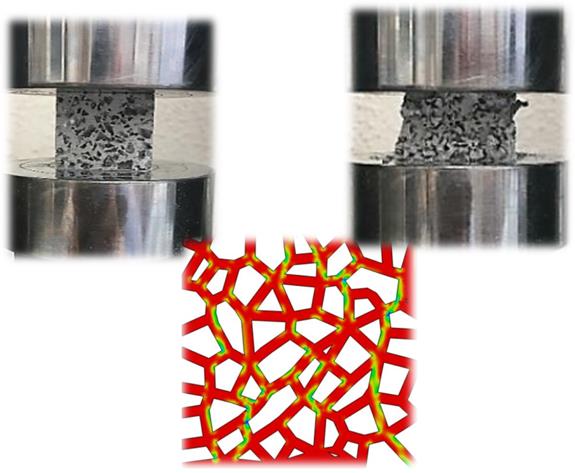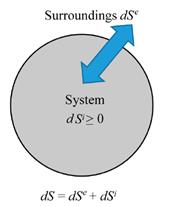Fatigue
Materials and structure damage under repetitive loads also could be categorized as a type of steady state dynamic loading. In DBM, fatigue life of advanced structures such as metal foams and composites as well as conventional materials has been investigated. The current focus of DBM researching team is on Low Cycle Fatigue assessment of porous materials.

Low-Cycle Fatigue Analysis Based on Entropy Generation
Fatigue failure is recognized as a major cause of material failure. All materials subjected to cyclic loading are prone to fatigue failure. Therefore, useful life prediction is major areas of interest in mechanical engineering. Generally, fatigue is a complicated process, affected by various factors. However, fatigue failure is the result of an irreversible process which is characterized by fundamental change in the nature of system and energy dissipation. As a result, recently fatigue damage is proposed based on thermodynamic entropy generation which has a comprehensive definition of fatigue damage. From a thermodynamic viewpoint, all damage mechanisms share a common feature of energy dissipation. Energy dissipation causes irreversibility in the system. In the thermodynamic approach, the irreversibility is quantified by entropy generation. Crack initiation and growth are irreversible phenomena in the fatigue process, resulting in entropy generation of the system.
Thermodynamic entropy expresses a variation of energy associated with a variation in the temperature. By considering the irreversible process, the second law of thermodynamics represents dS = dSe+dSi, dSi⩾0 where dSe is the entropy exchange (flow) with the surrounding and dSi is entropy generation inside the system as demonstrated in Figure.

Based on the first law and the second law of the thermodynamic, for fatigue failure entropy generation rate is equal to applied plastic work time rate divided on sample temperature. The benefit of employing thermodynamic entropy to characterize materials damage is that the entropy generation can be explicitly expressed in terms of physically measurable quantities such the plastic work and temperature in the case of low-cycle fatigue mechanism. Thermodynamics allows for quantifying every dissipative process in the system that gives rise to the entropy generation, irrespective of the underlying degradation phenomena. It also provides a useful technique for studying the synergistic effect from the interaction of two or more processes.
